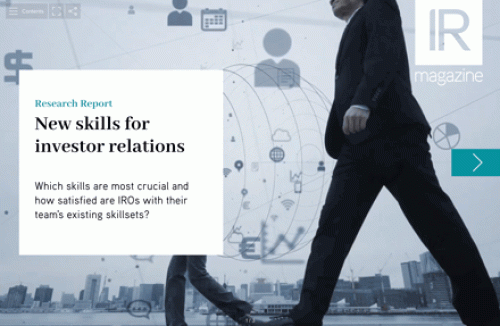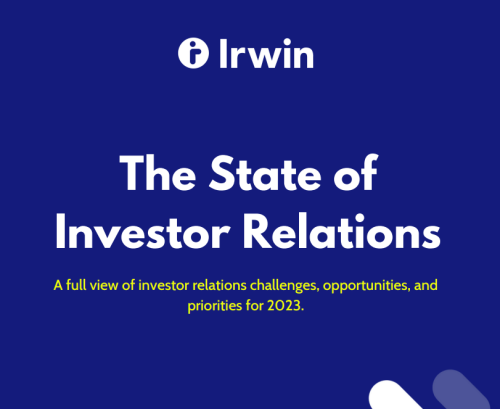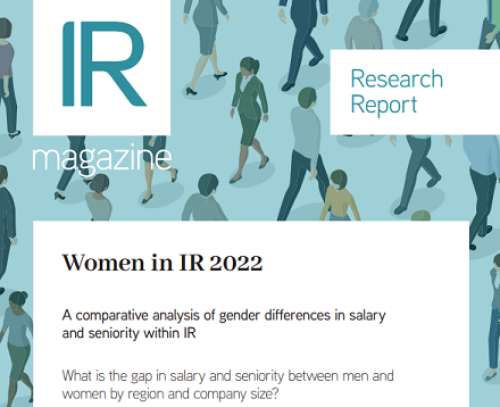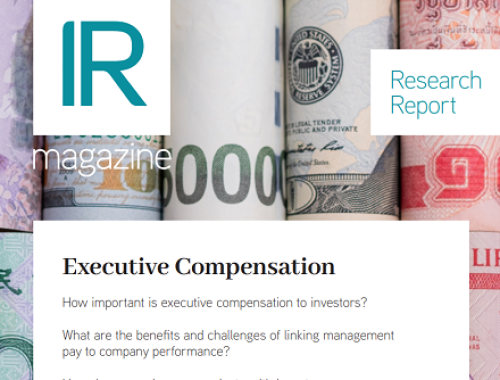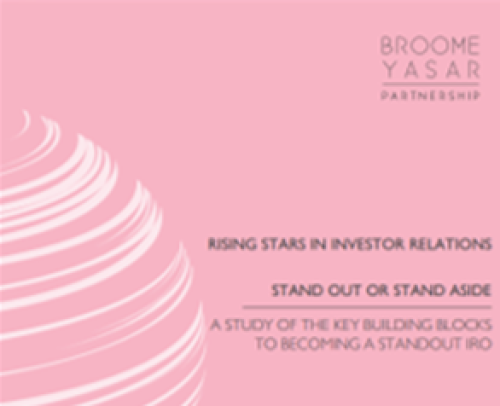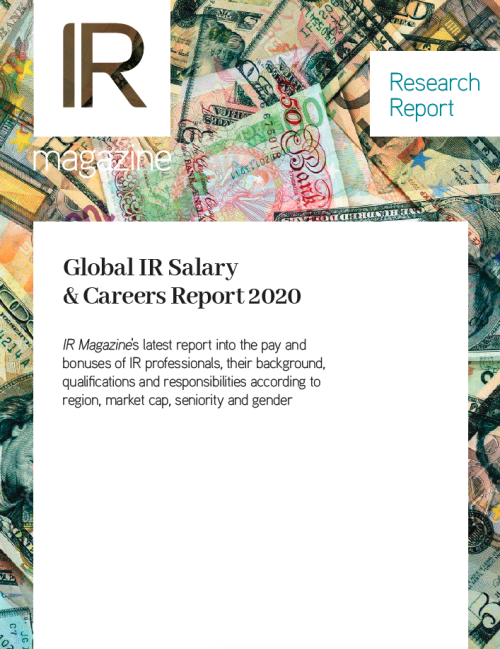IR expert launches second edition of investor relations best practice guide
A browse through Google Books reveals a fair smattering of tomes written on the subject of investor relations. I haven’t read any of them. I’d wager lots of IROs haven’t either. That’s probably partly because IR has been a work in progress – ongoing regulatory, market and technological change conspire to make the printed word quickly obsolete.
Moreover, most books have a US-centric approach and few, if any, have been penned by former IROs. Better, perhaps, to take professional development courses and read the handouts.
Enter Anne Guimard: 15 years ago, after stints running IR departments at communications equipment manufacturer Alcatel and construction product maker Saint-Gobain, Guimard founded FINEO Investor Relations Advisors.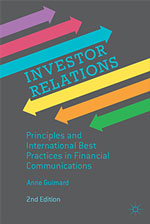 Besides consulting for a range of global companies, FINEO also offers the School of Investor Relations, a training portal offering online prerecorded courses and on-site training around the world.
Besides consulting for a range of global companies, FINEO also offers the School of Investor Relations, a training portal offering online prerecorded courses and on-site training around the world.
At the School of Investor Relations, the handout also happens to be a 240-page book. And until Guimard writes another edition, Investor relations: principles and international best practices of financial communications, which was officially launched at this year’s NIRI annual conference in Hollywood, Florida, is as likely to be as close to the last word in IR as a book gets.
‘So many things have changed since the first edition was published in 2008,’ says Guimard. ‘The emergence of ESG issues, the migration to IFRS, the rise of social media and the fact that the markets with the highest potential are no longer necessarily your home market have all dramatically changed the way IR is done.’
Accordingly, Guimard has expanded the book about 30 percent to include the latest trends. Meanwhile, the cover price has dramatically dropped from about $250 to $40. ‘The first book was probably the most expensive book on IR ever written,’ comments Guimard.
‘This one is much more attractively priced and will appeal to those considering the profession, new IR professionals or CEOs taking their company public and wondering what IR is all about.’
And what IR is all about has indeed changed. Guimard points out that in a world where competition for capital is a global endeavor, IR has become a competitive differentiator. ‘IR is no longer simply confined to obliging disclosure requirements,’ she notes. ‘Hopefully, CEOs reading this book will look beyond IR as a necessary evil and understand its strategic function.’
A key element of that strategic function, according to Guimard, is an increasing two-way approach to IR. ‘IR has become a dialogue,’ she says. ‘It’s not just communicating strategy and numbers to the market. It’s also about learning how the market perceives the strategy and looping that information back to management.’
Still, Guimard notes that the ‘new IR’ paradigm is entirely dependent on the CEO’s mind-set. ‘Some CEOs – and I am not judging – just don’t need it,’ she says, adding: ‘Or think they don’t. What does increasingly resonate with management, however, is that academic research has clearly demonstrated the impact and power of IR. Transparency has been empirically shown to pay off.’
The book, while providing a comprehensive wealth of strategic theory, is perhaps most notable for its practical tactical advice. The second edition includes a discussion of career opportunities in investor relations and is replete with helpful best practice tips, guidelines, checklists, sample documents and templates.
These include things like a sample investor relations resumé, an earnings announcement timeline, financial press release templates, examples of ESG performance metrics and a basic site map for an IR website.
‘Ultimately, I want people reading this book to feel more comfortable about doing their job,’ says Guimard. ‘It’s a major corporate responsibility, critical to developing trust and advancing corporate strategy. With so much at stake, IR deserves a seat at the table and must be fully integrated into that strategy and communications framework. I wrote the book to help practitioners realize that goal.’

